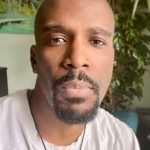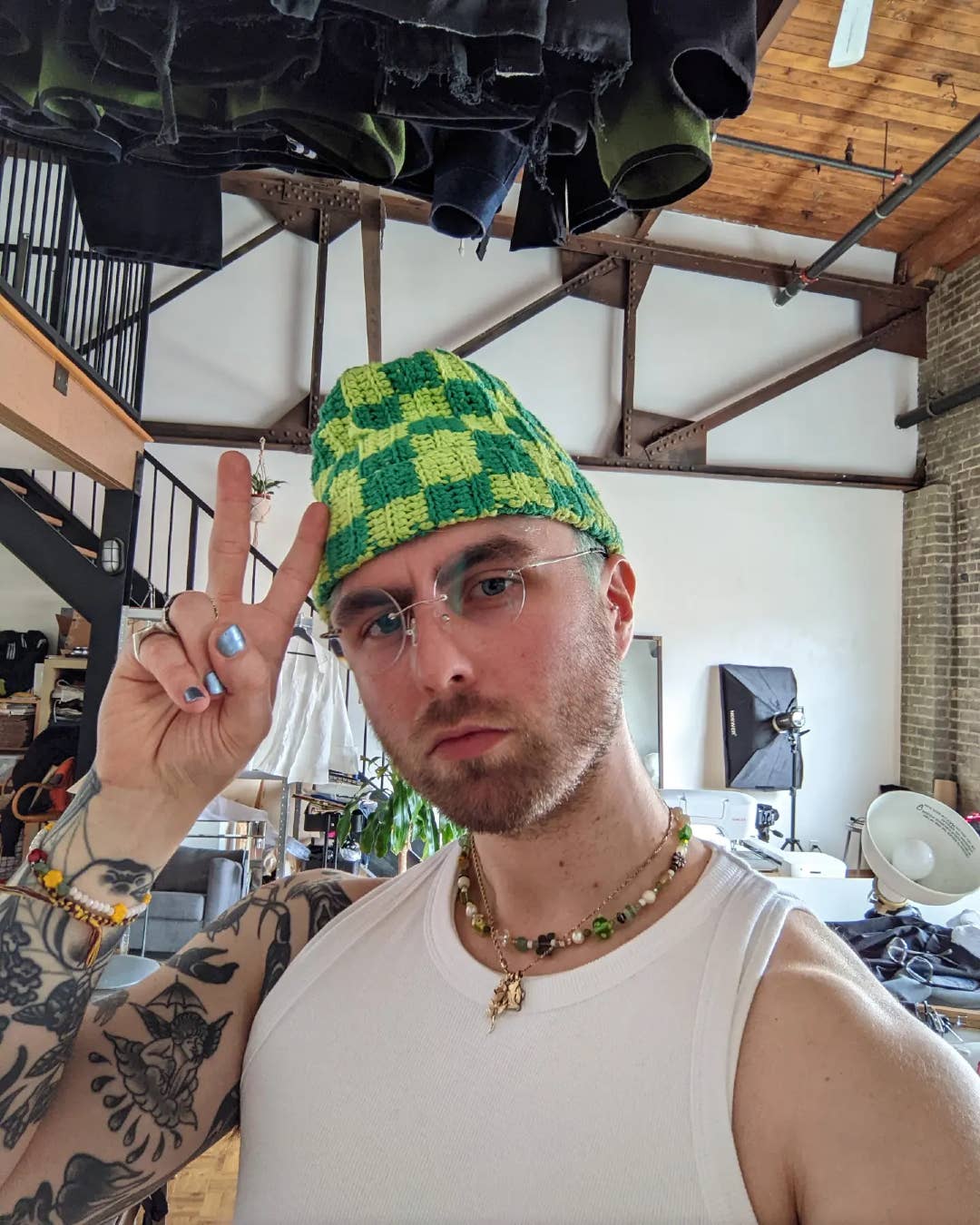
In the era of collaborations, the designer who can work with Disney can call themselves a king, queen, or any godly thing in between. It’s a process: the established company hooks up with the unbaptized designer, who devises the thing that needs a certain tang—giving their product a new swath of tactile flavour. In this case, a movie is coined Sneakerella, a career on the Venn diagram is introduced and Eske Schiralli presents his offering: A medley of kicks.
In the space of notable names, Scarborough native Schiralli is mostly an unknown with a come up that’s routinely known. Having gone to university for production design, he gained a sense of what did and didn’t work—a process of elimination. “Through having my own business, I discovered that it’s about the people,” says Schiralli, who found an affinity for clothing-esque Industrial Design as both a consumer and lover of the craft. “That’s what makes people come back for more. It’s not really the product, which is actually a very small piece of the process.”
In other words, if he’s had time to critically examine his work as it relates to the process, well, it’s because it’s been the price of doing business. Since his early days in 2017 after having founded his footwear and garment design house, Mad M.F.G, he’s managed to collaborate with the likes of Adidas, Nike, and most recently, the Mouse House itself through the Disney+ film Sneakerella.
“I had to take a step back and see this for what it is, and ultimately that is a fun kid’s movie,” says Schiralli matter-of-factly when asked about his initial thoughts. “This isn’t a whole commentary on sneaker culture, it’s not that.”
As narratives go, it’s exactly as the rising designer would describe it. Directed by Elizabeth Allen Rosenbaum and written by George Gore II, Joseph Raso, Tamara Chestna, and Mindy Stern, it tells the gender-swapped story of our hero in El (Chosen Jacobs), a sneakerhead who meets his princess, a.k.a. Kira (Lexi Underwood), the daughter of a shoe tycoon. Between a hip-hop array of original songs and a vibe that exudes a routine Disney joy, it’s the sneakers that bring it all together—our princess slipper in question. Schiralli was tapped to build and redesign aspects of the shoe the movie’s plot hinges on.
It takes a certain kind of designer and team—Rachael Grubbs and Jennifer Bunt—to perfect a shoe christened by Disney themselves; a designer who seems humble enough to question his abilities even as his work steps on one of the biggest stages. We had a chance to get to know Schiralli in time for the release of Sneakerella to talk about doubt, struggle, triumphs, and of course Drake.
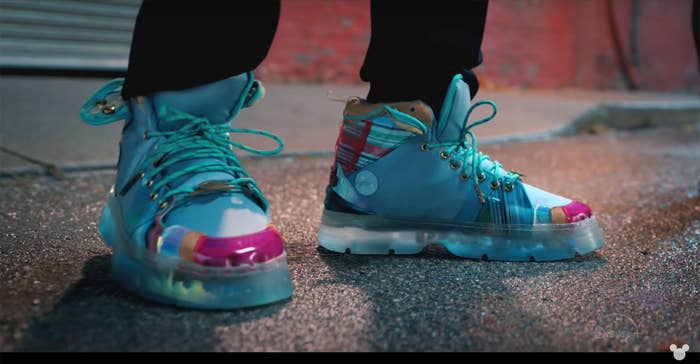
I’ll be truthful in saying that apart from your work, there isn’t a lot about you out there. What’s your story?
It’s funny that we’re talking about a movie centered around shoes because I feel like what actually got me into fashion came down to sneakers back in the day. I was buying and selling a lot of them in my early 20s. Also selling a few garments here and there that would appreciate in value over time. Back then it was only a few people doing reselling compared to now, but what I liked was that it gave me access to all these products I would otherwise not be able to afford—because as soon as I bought something I would already have it sold so I got to observe and study it in the short time between. I was on the outside looking in versus coming at it from a creator’s point of view.
There’s just something magical about sneakers that even now, as I make them, I can look at a pair and be like, damn, that’s dope, and I have no idea how it was made. From both a maker, designer, and a consumer standpoint, there’s something about the quality I don’t quite understand. I like that. It’s such a common object that’s not completely understood, but that was only the match to light the fire. All this new info paired with the fuel of the familiar stuff like my mom answering my endless questions, seeing my dad sew at home, documenting everything, I was like, maybe I can do this. After a lot of stumbling, I still consider myself a late bloomer and I feel like I’ve stumbled into this world with a momentum that keeps building.
I’m curious about what school did for you versus going in headfirst and just doing the work?
It’s a great question that I think about often since my eventual goal is to teach. My main takeaway is that it’s not for everyone. It actually helped me figure out that I didn’t need to go to school. It allowed me to eliminate a lot of the things that I didn’t want to do. It also allowed me to narrow down the type of people I really align with and want to work with.
I later found out through having my own business that it’s the people you work with that make you want to come back for more. Apart from that, I gained design thinking, which I attribute to the beginning of all my process work. It’s that state of questioning every part of the product and being intentional about it. It’s what separates analytical thinking from design thinking. What can I be intentional with? How is it going to affect the product, end-user and planet? But as far as school, I really struggled. It’s not for everyone. One day I’m going to address this in a major way.

I get that personally as someone who learned more from being on the ground. What’s that moment of realization for you personally when you believed that you could be a designer?
I wanted to document my process a couple of years out of school. Instagram was just becoming a thing and I was looking for some sort of validation through good, constructive feedback. I got the bad feedback as well as there are always haters out there. But I’ll admit that even now, I still have a lot of imposter syndrome. When Disney first approached me, I was like ‘What?’ I used to watch Disney movies as a kid so it was very weird. I still sometimes don’t feel like I’m good enough, but when I sold my first product, that was validation that maybe I’m doing something right. I still feel like I’m trying to figure this out. I’m still learning a lot. I’m not a business person at all and I’ve stumbled like everyone else. I guess what keeps me fine with this path is that I’m still getting requests, and still being supported by my amazing family, friends, community and clients. But I’m always striving for the feeling of being and doing good.
“If Drake wants to wear my pants and his stylist wants to style it on him, then yeah, that’s a big deal.”
You must be good though if Drake is wearing your clothes now.
I’m still reeling from it, like, did that actually happen? It’s an assurance to myself that I’m maybe on the right path. If Drake wants to wear my pants and his stylist wants to style it on him, then yeah, that’s a big deal. I never in my wildest dreams would have imagined something like that happening.
In terms of fashion, do you ever look at Drake and observe what he wears? Do you have an opinion of his fashion sense?
It’s kind of beautiful that he can wear whatever he wants and that it always makes sense. I always feel that with some artists, they get pigeonholed into a single look. But Drake has worn literally anything and everything and somehow manages to pull it off, from the out there to the conservative. He’s one of the few artists who can wear a polo and jeans and folks will be like, wow, that’s dope. Meanwhile, that’s how 99 percent of the population dresses. He makes it all look so natural and that speaks to his versatility. Good fashion sense to me is someone wearing whatever they want, however they want to, and still glowing.
When you first heard that you were going to be working on a Disney+ film, what was your initial reaction?
I’d never done a production like this before or this level of work. If you’re looking at it visually, this one project is all the Venn diagram circles of my life overlapping. I’ve done different parts that are a part of this Disney project, but I’ve never had to put them all together. When I was asked, I was never uncertain that I could do it, it just came down to the how. I was obviously flattered. I knew I had this, but whatever I didn’t already have, I also met some good people over the past few years who I would have loved to bring on board to help me execute it. The uncertainty I entered with was quickly overcome because I had the right people. Everyone pulled their weight times infinity. It was very much a sum of its parts sort of project. Shoutout to the whole team of talented individuals that helped me so much with this.
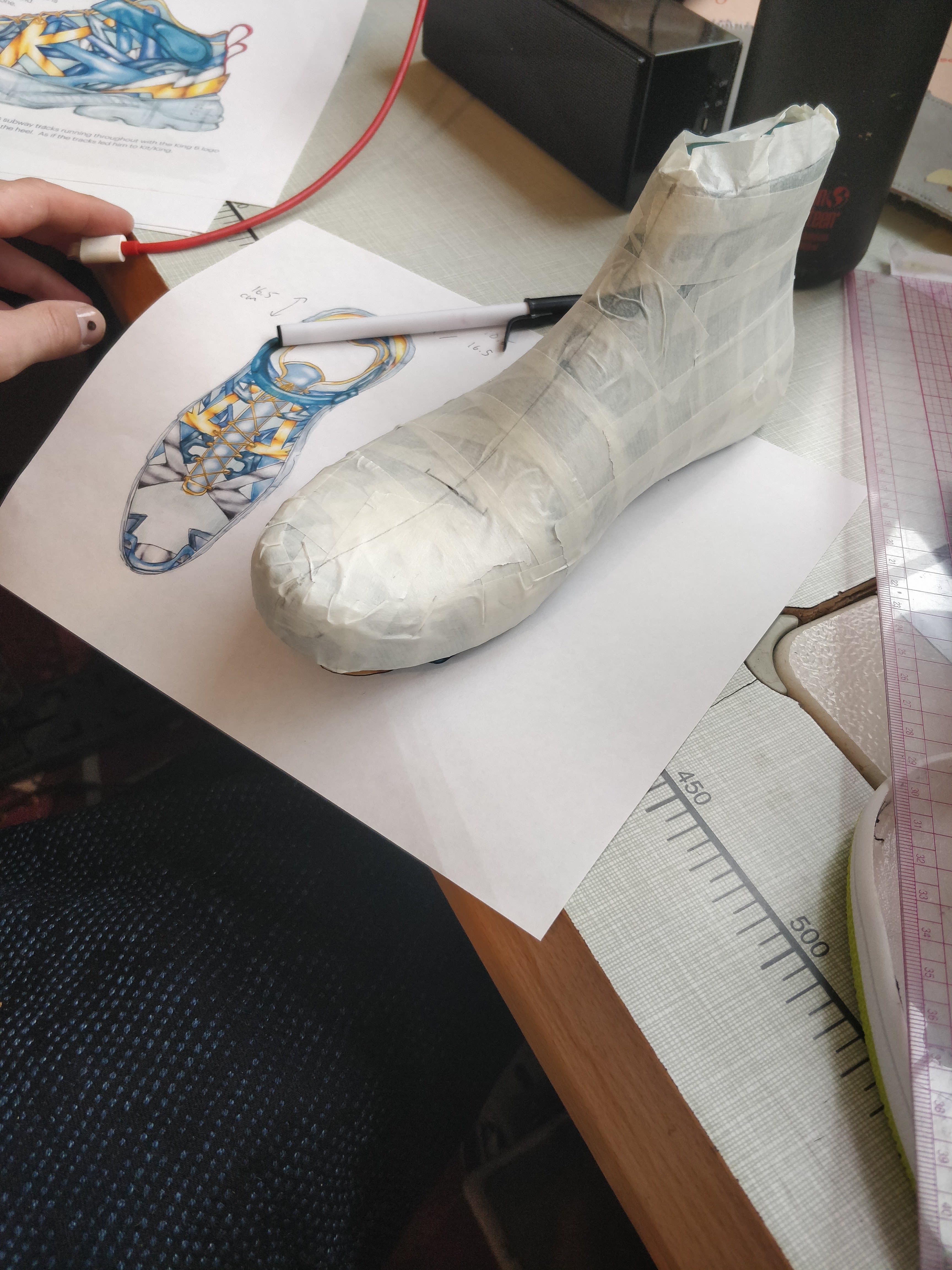
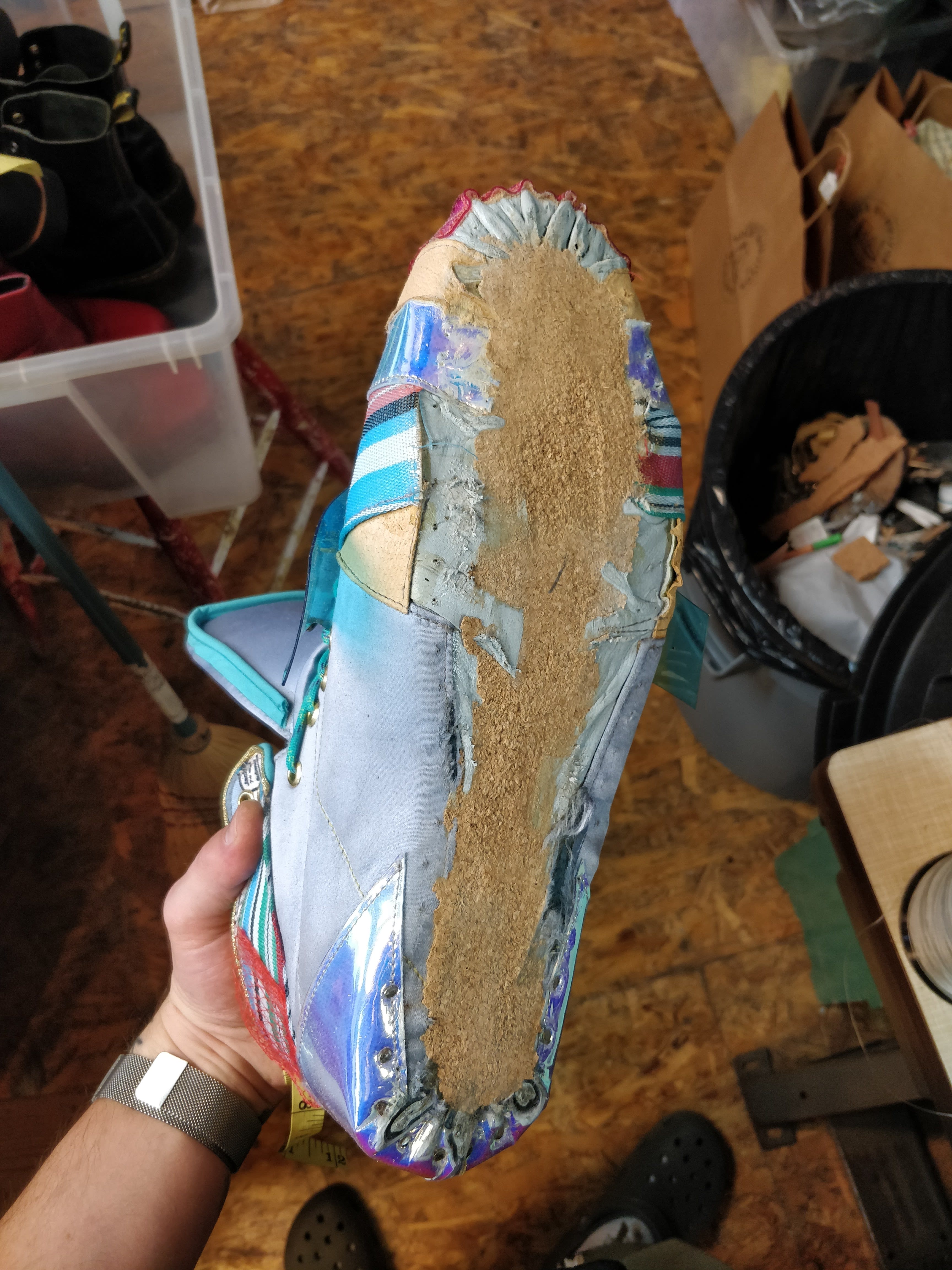
This is a question I have to ask on a person-to-person level. But there was an obvious “I can’t believe this is a thing” vibe around Sneakerella when it was announced. What was your personal honest reaction when you read the synopsis?
I had to take a step back and see this for what it is, and ultimately that is a fun kid’s movie. This isn’t a whole commentary on sneaker culture. It’s not that. It’s not trying to be an over-analytical movie. It’s simply taking what exists in the world and building it on a fun, children’s musical foundation, starring children. When they told me about this plot around Cinderella with sneakers, I had to ask, what does that mean? Is it going to be the traditional story or is it going to pay respect to Black culture where sneaker culture has its origins? Then I had to really think about where this sneaker culture comes from. Is it culturally appropriating?
One of the first things I had to consider as a white guy is that it wouldn’t be right if the people creating this kind of story had no ownership over the story. If it was a Black experience without the Black cast and production. I was then assured that main production roles like the lead costume designer, stylist, prop master, and writer are Black and that a lot of people behind the scenes and in front of the camera share that experience. Creating and watching movies is a big deal so it’s important that it’s done right for everyone involved.
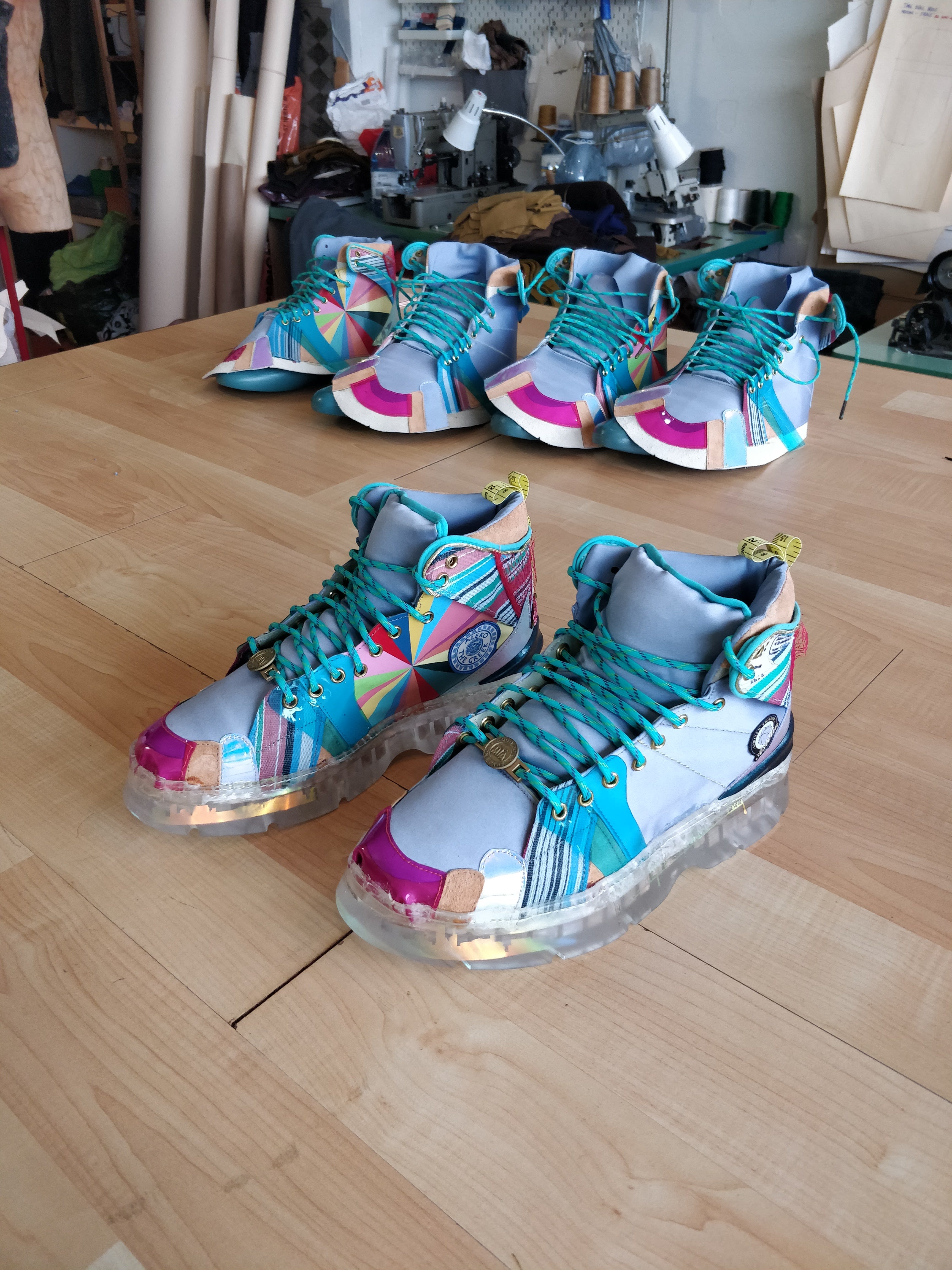
So when you’re working in connection to a film, or a brand like Nike or Adidas, how do you manage personalities and opinions when collaborating? I’m sure you still want to maintain your personal touch.
I’m still trying to figure that out because obviously, it’s a collaborative effort. Whose voices are coming through and what amount? Is my voice coming through in an authentic way? Are theirs? I’m trying to figure that out in my own personal life and it’s coming to my workplace. As I get more into this business, I realize initiating that conversation is so important to the tone of any project.
I know you’re still growing and in that sense, I’d like to know what you’re finding to be the most difficult and rewarding aspect of working in the fashion industry.
I feel like my personal difficulties are a pretty common thing for a lot of people. I learned the craft, but didn’t really learn the business side of things. The hardest element is turning your art into a business. The consumer culture and behaviour around fashion change on an almost daily basis, if not an hourly one. So you have to keep up with that and then shift to the world of economics if that’s even the right word for it. We live between the world of art and commerce which both shift so rapidly, and it becomes a case of information and misinformation overload.
You gotta make money but also deal with burnout. While initially, I thought, ‘Oh, I’m going to make some pants and sell them online.’ To wrap it all up in a few words, it’s a juggling act of art as a business on top of life. How do you give them equal and balanced attention? As for the reward, I now have this very clear goal with a sort of unclear path. But all this to say, after all the burnout, difficult clients, and general struggles, all of that shit is starting to feel like it was worth it.
